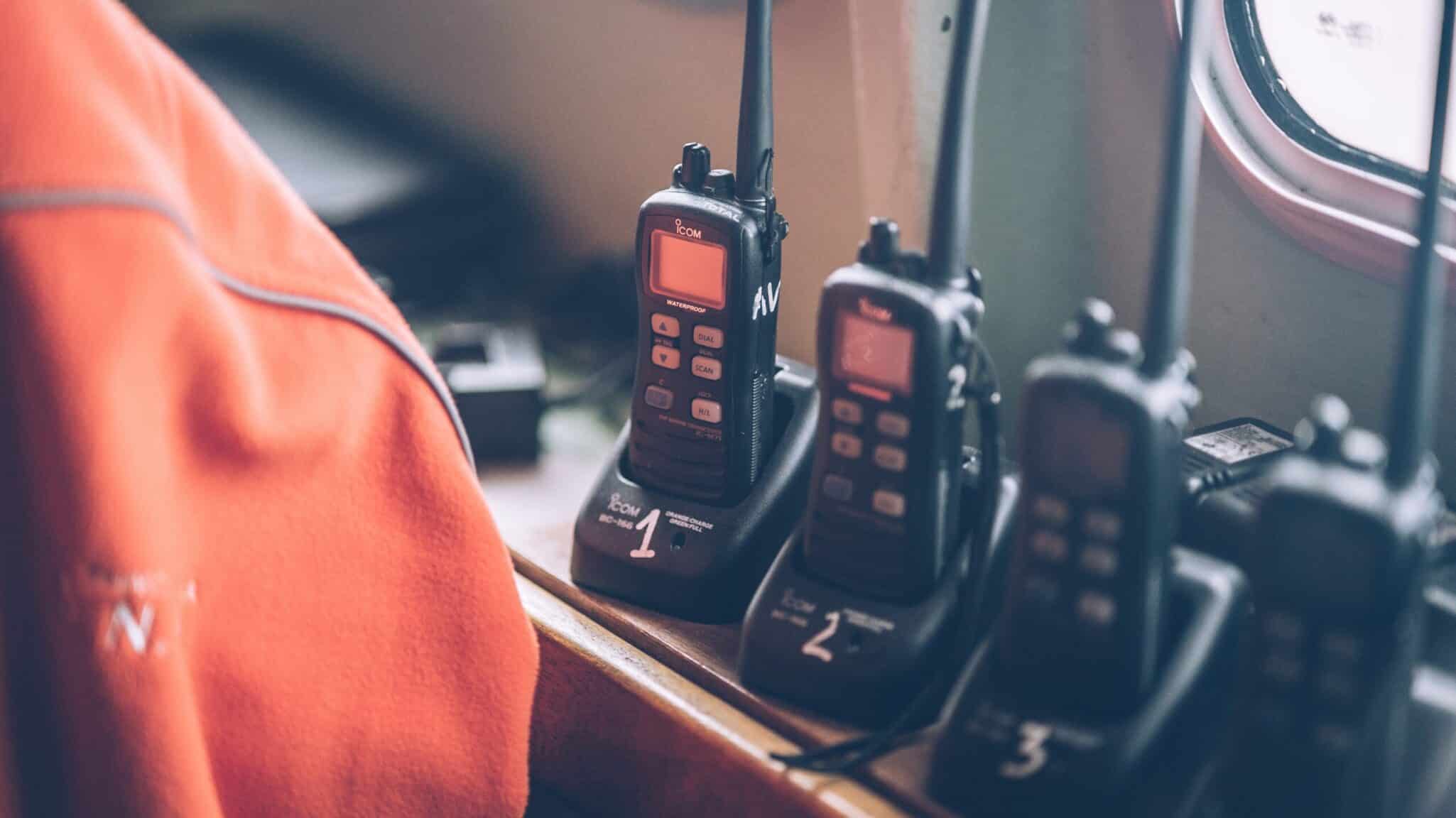Walkie-talkies, also known as two-way radios, are portable communication devices commonly used for short-range communication. While they are typically associated with outdoor use, their effectiveness indoors depends on several factors that affect radio wave propagation and reception within buildings.
Contents
Understanding Walkie-Talkies:
Walkie-talkies operate on radio frequencies that can vary depending on the model and purpose. They transmit and receive signals via antennas, which affect their range and performance. In general, walkie-talkies are designed for short-distance communication and are popular in various contexts such as security, construction, outdoor activities, and even indoor use like in large buildings or homes.
Factors Affecting Indoor Performance:
Radio Frequency and Interference:
Walkie-talkies operate on specific frequencies allocated for their use, such as Family Radio Service (FRS) or General Mobile Radio Service (GMRS). These frequencies can penetrate obstacles like walls, floors, and ceilings to varying degrees. However, obstacles and building materials can attenuate or block signals, reducing range and clarity.
Building Structure:
The materials used in building construction significantly impact how well radio waves propagate indoors. Concrete, brick, and metal can significantly reduce signal strength compared to wood or drywall. As a result, walkie-talkies may perform differently depending on the type of building and its layout.
Interference and Noise:
Electronic devices, power lines, and other wireless signals can introduce interference, reducing the clarity and range of walkie-talkie transmissions indoors. This interference can manifest as static, garbled audio, or complete signal loss in severe cases.
Antenna Design and Power:
The design of the walkie-talkie’s antenna and its transmit power also influence indoor performance. Devices with longer antennas or higher transmit power may penetrate obstacles better but could be bulkier and less convenient for indoor use.
Optimizing Indoor Use:
Choose the Right Frequency:
FRS frequencies are suitable for short-range communication within buildings, while GMRS frequencies offer longer range but require a license. Choosing the appropriate frequency can improve indoor performance.
Antenna Orientation:
Positioning the walkie-talkie’s antenna vertically generally improves signal propagation indoors. Experimenting with antenna orientation can help optimize reception.
Clear Line of Sight:
Maintaining a clear line of sight between communicating devices minimizes obstacles that can attenuate signals. Positioning walkie-talkies near windows or open areas indoors can enhance communication quality.
Avoid Interference Sources:
Minimizing sources of interference, such as microwaves, cordless phones, and Wi-Fi routers, can improve walkie-talkie performance indoors. Positioning devices away from these sources reduces signal degradation.
Practical Applications:
In residential settings, walkie-talkies can be useful for intra-household communication, especially in large homes or during emergencies when cellular networks may be unreliable. They provide a direct, real-time means of communication without relying on infrastructure beyond the devices themselves.
Conclusion:
Walkie-talkies can work effectively indoors, but their performance depends on factors like frequency, building materials, interference, and antenna design. Choosing the right equipment and optimizing usage conditions can enhance their reliability and range within residential and commercial buildings alike. Understanding these factors allows users to maximize the utility of walkie-talkies for indoor communication needs.
Future Trends:
Advancements in antenna technology, signal processing, and spectrum allocation continue to improve walkie-talkie performance indoors. As technology evolves, walkie-talkies may become even more versatile and reliable for indoor use, offering clearer communication over longer distances within complex indoor environments.
In summary, while walkie-talkies can work indoors, users should consider environmental factors and optimize usage conditions to achieve optimal performance for their specific indoor communication needs.
